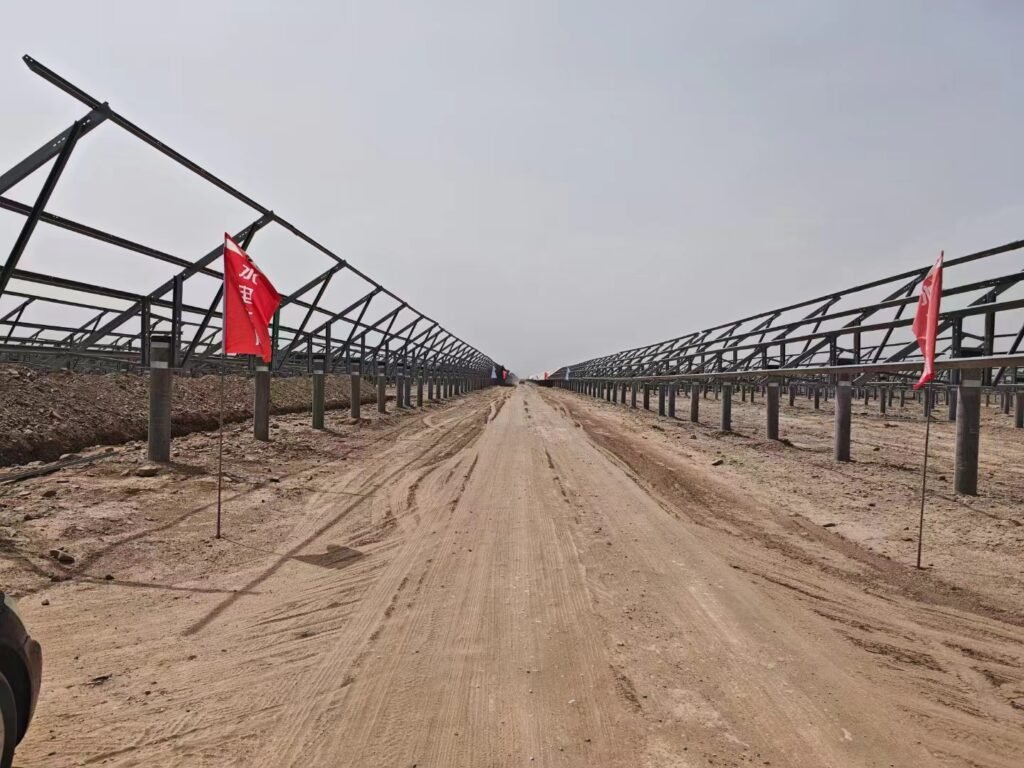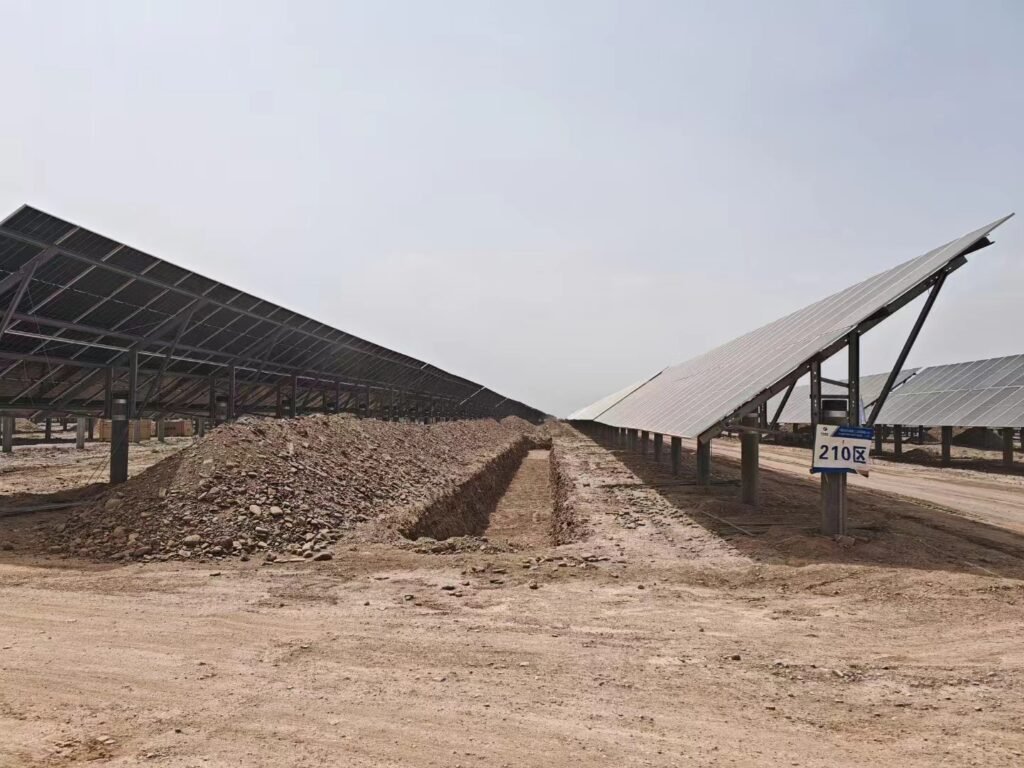
Introduction
In a world increasingly focused on sustainability, the commencement of the 646MW solar power plant installation marks a significant milestone in the global transition towards renewable energy. This massive project not only showcases the growing capabilities of solar technology but also underscores the importance of large-scale renewable energy projects in combating climate change. As the installation process begins, it’s crucial to understand the impact and potential of this solar power plant.
What is a 646MW Solar Power Plant?
A 646MW (megawatt) solar power plant is a large-scale renewable energy project capable of generating 646 megawatts of electricity at its peak capacity. This amount of energy is substantial, enough to power hundreds of thousands of homes. Such projects are vital in reducing reliance on fossil fuels and are a key part of the global strategy to combat climate change. Large-scale solar power plants like this one contribute significantly to the energy mix, offering a cleaner and more sustainable alternative to traditional energy sources.

The Importance of Solar Energy
Solar energy plays a crucial role in the global push towards sustainability. It is one of the cleanest and most abundant energy sources available, with the potential to significantly reduce carbon emissions. By harnessing the power of the sun, solar energy helps to reduce the reliance on fossil fuels, which are a major contributor to global warming and environmental degradation. Additionally, solar energy supports the goals of many countries to achieve carbon neutrality and promotes energy independence.
Overview of the Project Location
The 646MW solar power plant is being installed in Xinjiang,China that maximizes sunlight exposure throughout the year. The site is likely to be in a region with high solar irradiance, ensuring optimal energy production. The location is not only selected for its solar potential but also for its accessibility and proximity to the existing power grid, making it easier to integrate the generated electricity into the broader energy system.

Stakeholders Involved in the Project
This large-scale project involves a collaboration between various stakeholders, including leading solar energy companies, government agencies, and local authorities. These entities work together to ensure the successful implementation of the project, from initial planning to final execution. The involvement of government bodies is particularly important for navigating regulatory requirements and securing the necessary permits.
Project Timeline
The project has been meticulously planned, with key milestones that guide its progress from start to finish. The timeline includes phases such as site preparation, solar panel installation, connection to the power grid, and testing. Each phase is crucial, ensuring that the project remains on schedule and that all safety and quality standards are met. The expected completion date is eagerly anticipated, as the plant will begin contributing to the grid immediately upon completion.

Technological Advancements in the Project
This project leverages some of the latest advancements in solar technology, which significantly enhance the efficiency and output of the solar panels. For instance, bifacial solar panels, which can capture sunlight on both sides, are being used to increase energy generation. Additionally, advanced solar tracking systems are employed to adjust the panels’ angles throughout the day, ensuring that they always face the sun. These technologies not only maximize energy production but also reduce the overall cost of the project in the long run.
Economic Impact
The economic benefits of the 646MW solar power plant are far-reaching. During the construction phase, the project creates numerous jobs, boosting the local economy. Once operational, the plant contributes to energy stability and can lead to lower electricity costs for consumers. Moreover, the project represents a significant investment in renewable energy, which can attract further investment and stimulate economic growth in the region.

Conclusion
The 646MW solar power plant installation represents a significant step forward in the global transition to renewable energy. It highlights the growing importance of solar power in the energy mix and the potential for large-scale projects to make a substantial impact. As the project progresses, it will not only contribute to the reduction of carbon emissions but also serve as a catalyst for further advancements in solar technology and renewable energy adoption.

